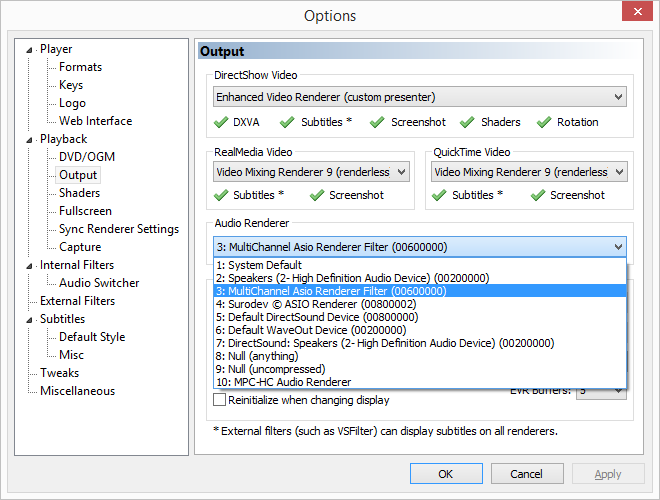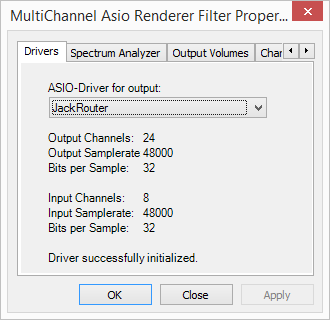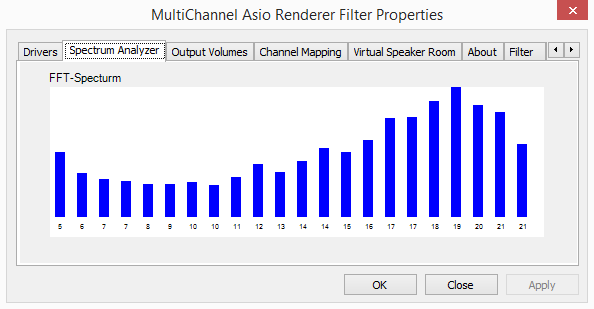Fishing success is a complex interplay of various factors, including fish behavior, environmental conditions, and the gear and modifiers employed by anglers. While many believe that superior equipment guarantees better results, understanding the nuanced roles of gear and modifiers can significantly enhance fishing outcomes. This article explores how different types of gear and the strategic use of modifiers influence success rates, supported by practical examples and scientific insights.
- The Fundamentals of Fishing Gear and Its Impact on Success
- The Role of Modifiers in Enhancing Fishing Outcomes
- Modern Technologies and Innovations in Fishing Gear
- The Interplay Between Gear, Modifiers, and Fish Communication
- Psychological and Behavioral Aspects of Fishing Success
- Case Study: The Big Bass Reel Repeat as an Illustration of Effective Gear Usage
- Non-Obvious Factors Influencing the Impact of Gear and Modifiers
- Common Misconceptions and Myths about Gear and Modifiers in Fishing
- Future Trends and Research Directions in Fishing Gear and Modifiers
- Conclusion: Synthesizing the Impact of Gear and Modifiers on Fishing Success
The Fundamentals of Fishing Gear and Its Impact on Success
Fishing gear encompasses a broad range of equipment, including rods, reels, lines, hooks, and additional accessories. The functional differences among gear types—such as spinning reels, baitcasting reels, or fly fishing setups—affect how effectively anglers can target specific species and adapt to environmental conditions. High-quality gear often allows for increased precision, longer casts, and better handling, which can directly influence catch rates.
Research indicates that gear quality correlates with efficiency. For example, a study published in the Journal of Fishery Science demonstrated that anglers using advanced reels experienced a 15-20% increase in catch rates compared to traditional models. An illustrative case involves comparing traditional spinning reels with high-end models like the [Big Bass Reel Repeat](https://big-bass-reel-repeat.uk/), which exemplifies technological advancements aimed at maximizing performance.
Case Example: Traditional vs. Advanced Reels
| Feature | Traditional Reel | Advanced Reel |
|---|---|---|
| Line Capacity | Standard | Higher, optimized for long casts |
| Drag System | Basic | Precision, smooth operation |
| Material Quality | Standard metal/plastic | Corrosion-resistant alloys |
The Role of Modifiers in Enhancing Fishing Outcomes
Modifiers include bait, lures, line types, and technological aids—each capable of influencing fish behavior and increasing the chances of a successful catch. The proper selection and timing of these modifiers are crucial; for instance, using live bait during spawning season can significantly attract larger fish, while electronic aids like fish finders help locate targets more efficiently.
The effectiveness of modifiers varies depending on environmental conditions. For example, bright, colorful lures may work better in murky waters, whereas natural-colored bait may be more effective in clear conditions. Understanding these dynamics allows anglers to adapt their strategies accordingly.
How Modifiers Alter Fish Behavior
- Bait and lures: Simulate prey to trigger predatory instincts.
- Line types: Fluorocarbon lines reduce visibility, making fish less cautious.
- Technological aids: Sonar and fish finders enhance location accuracy, reducing guesswork.
A strategic combination of gear and modifiers, timed appropriately, can dramatically improve success rates. For example, a skilled angler might switch from live bait to soft plastics based on fish feeding patterns, demonstrating the importance of environmental awareness.
Modern Technologies and Innovations in Fishing Gear
Recent technological innovations have revolutionized fishing gear. Electronic devices such as fish finders, GPS mapping, and smart reels—like the [Big Bass Reel Repeat](https://big-bass-reel-repeat.uk/)—offer real-time data and enhanced control, facilitating more informed decisions and efficient fishing sessions.
For example, smart reels incorporate sensors and connectivity features that monitor line tension, retrieve speed, and even suggest optimal settings, embodying how modern gear adapts to complex fishing environments. These advancements have prompted debates about whether technology truly increases success or merely enhances the fishing experience.
Do technological improvements significantly boost success?
"While high-tech gear provides valuable data and convenience, success ultimately depends on the angler’s skill, understanding of fish behavior, and environmental conditions." — Expert Fisheries Research
Thus, technology acts as a force multiplier rather than a guarantee of success. It enhances the ability to react to real-time conditions but does not replace fundamental fishing skills.
The Interplay Between Gear, Modifiers, and Fish Communication
Fish communicate using low-frequency sounds, often below human hearing thresholds. Certain gear and modifiers can influence these signals—either amplifying, interfering, or masking them. For instance, noisy reels or loud lures may disrupt fish communication, making them less likely to strike.
Understanding this interplay can inform gear choices. Opting for quieter reels or subtle lures can preserve natural fish communication cues, increasing the likelihood of a successful bite. Recognizing fish behavior and communication patterns is essential for selecting gear and modifiers that complement, rather than hinder, natural signals.
Psychological and Behavioral Aspects of Fishing Success
An angler's confidence in their gear and modifiers significantly influences performance. Similar to risk-seeking behaviors in high-volatility slots in gaming—where players take bigger risks for higher rewards—fishermen who trust their equipment are more likely to experiment with strategies that lead to success.
Experience and knowledge also play vital roles. An adept angler understands when to switch gear or modify techniques based on changing conditions, demonstrating that success hinges on adaptive learning rather than static equipment choices.
Case Study: The Big Bass Reel Repeat as an Illustration of Effective Gear Usage
The Big Bass Reel Repeat exemplifies how modern gear integrates advanced engineering to optimize performance. Its features—such as low-profile design, precision drag systems, and smart connectivity—embody principles of effective gear design aimed at maximizing success.
While not a guarantee of success, such gear demonstrates how technological evolution aligns with strategic use of modifiers—like selecting the right bait or environmental timing—to improve catch rates. The key lesson remains: gear is a tool that works best when complemented by knowledge and adaptability. For deeper insights into how such gear can be integrated into your fishing strategy, see the big Bass REEL repeat discussion.
Non-Obvious Factors Influencing the Impact of Gear and Modifiers
Environmental variables such as water temperature, clarity, current, and seasonal patterns significantly influence how effective gear and modifiers are. For example, during colder months, fish may be less responsive to certain lures, regardless of quality.
Different fish species exhibit varied responses to gear and modifiers. Bass may prefer vibrating lures during summer, while trout respond better to natural-colored bait in clear streams. Adaptive strategies—changing lure color, size, or retrieval speed—are often more impactful than static gear choices.
This underscores the importance of understanding local conditions and fish behavior, emphasizing that success depends on dynamic adaptation rather than reliance solely on gear quality.
Common Misconceptions and Myths about Gear and Modifiers in Fishing
A prevalent myth is that superior gear alone guarantees success. In reality, skill, understanding environmental cues, and strategic use of modifiers are equally, if not more, important. Over-investing in gear without honing technique often leads to disappointing results.
Another misconception is that more complex gear or numerous modifiers always yield better outcomes. Simplicity and appropriateness to specific conditions often outperform overly complicated setups, especially for novice anglers.
Future Trends and Research Directions in Fishing Gear and Modifiers
Emerging technologies such as AI-driven fish detection, biodegradable and eco-friendly materials, and adaptive gear systems are poised to further transform fishing practices. Integrating ecological and behavioral research into gear development can lead to more sustainable and effective solutions.
Continued innovation promises to refine the relationship between gear, modifiers, and success, emphasizing the importance of ongoing learning and adaptation for anglers seeking to optimize their results.
Conclusion: Synthesizing the Impact of Gear and Modifiers on Fishing Success
In summary, while high-quality gear and well-chosen modifiers can significantly influence fishing success, they are part of a larger ecosystem of factors including environmental conditions, fish communication, and angler expertise. Modern innovations, exemplified by products like the big Bass REEL repeat discussion, demonstrate how technological advancements support strategic fishing. Ultimately, success results from a balanced approach—combining appropriate gear, effective modifiers, environmental understanding, and skilled technique.










